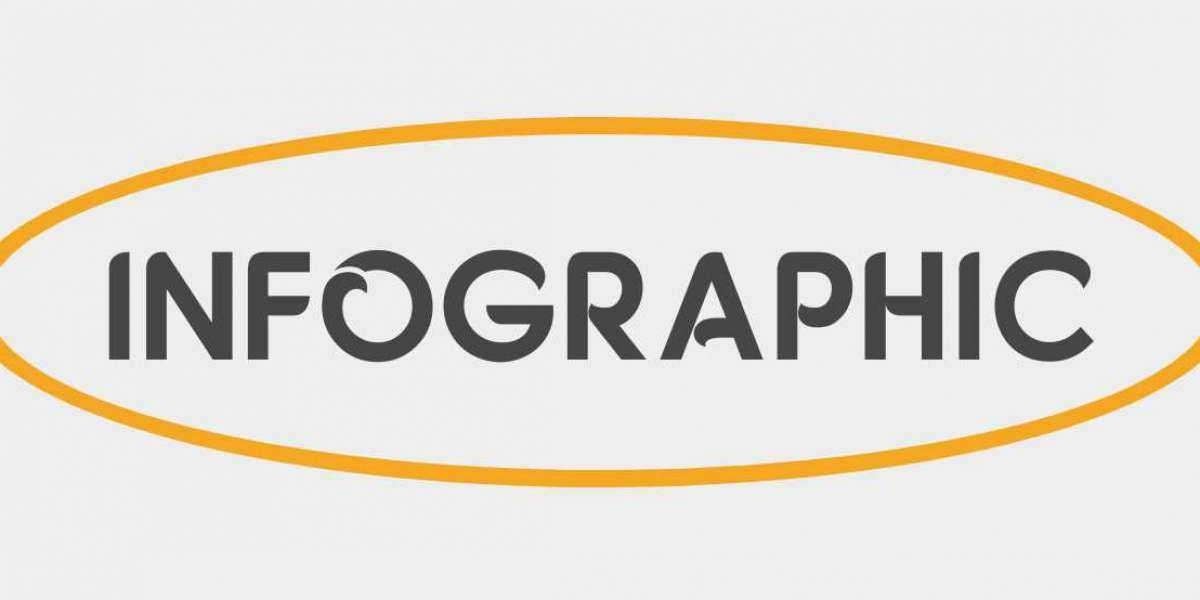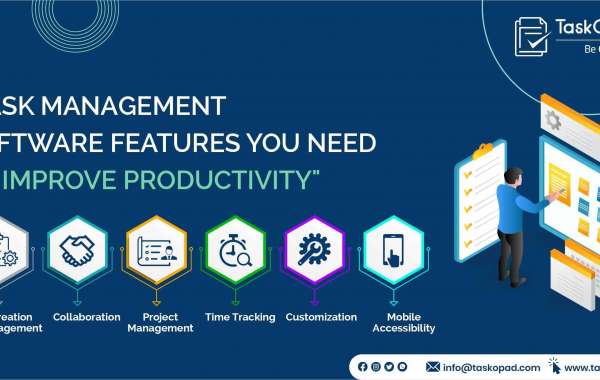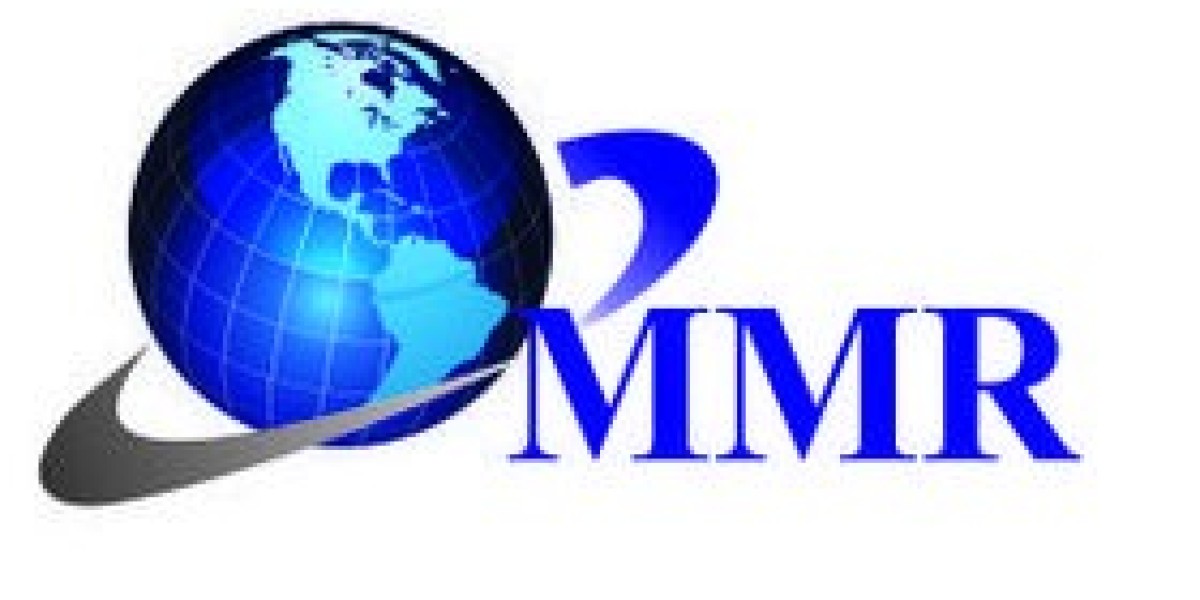Sewing is an art form that requires precision and attention to detail. With the advancement of technology, sewing machines have come a long way from their manual counterparts. Computerized sewing machines are now widely available in the market and offer numerous benefits over traditional models. They not only improve quality but also ensure consistency in your work. In this article, we will explore how computerized sewing machines work, their advantages and disadvantages, as well as tips on how to choose the right one for you! So let's dive in!

How Computerized Sewing Machines Work
Computerized sewing machines work by using a microprocessor to control all aspects of the stitching process. This means that the machine is able to stitch with much greater accuracy and consistency than traditional models, resulting in higher quality finished products.
The computerized system allows you to choose from a wide range of stitch patterns and adjust their length and width as needed. You can even program your own custom stitches! The machine's LCD screen displays all this information clearly so you can easily make adjustments on the fly.
Additionally, many computerized sewing machines have automatic features such as thread cutting, needle positioning, and tension adjustment which takes some of the guesswork out of sewing. This makes it easier for beginners or those who are not confident with manual settings.
Computerized sewing machines provide more options for customization while also making sewing tasks easier and more efficient.
The Benefits of Computerized Sewing Machines
Computerized sewing machines offer a wide range of benefits that traditional mechanical machines simply cannot match. One major advantage is the level of precision and accuracy they provide in every stitch, thanks to their advanced technology.
With computerized sewing machines, you can easily program specific stitching patterns, adjust tension settings, and even create custom designs using embroidery features. This level of customization allows for greater artistic expression and creativity in your projects.
Another benefit is the ease of use these machines offer. They come equipped with user-friendly interfaces that allow for simple navigation through various functions and settings. This makes them ideal for beginners or those who are new to sewing as well as experts looking to streamline their workflow.
Computerized sewing machines also tend to be faster than traditional ones due to their automated features such as automatic thread cutting, bobbin winding, and needle threading. They allow you to complete projects more quickly without sacrificing quality or consistency.
Computerized sewing machines tend to require less maintenance than mechanical ones since there are fewer moving parts that need regular upkeep. Investing in a computerized machine can greatly enhance your crafting experience while providing superior results at the same time.
The Drawbacks of Computerized Sewing Machines
While computerized sewing machines are praised for their efficiency and convenience, they do come with a few drawbacks. One of the main downsides of computerized sewing machines is their price point. They tend to be more expensive than traditional mechanical machines, which can put them out of reach for some sewers on a tight budget.
Another potential drawback is that computerized sewing machines can be more complicated to operate. With so many features and options available, it can take some time to learn how to use all the functions properly. This learning curve may deter beginners or those who prefer a simpler machine.
Additionally, if something goes wrong with a computerized sewing machine's electronic components, repairs can be costly and difficult as compared to repairing mechanical issues in traditional machines that are relatively simple.
While computerization helps minimize human error during stitching patterns into fabric through automation and precise measurements; this also means you have less control over your stitches. If not set up correctly or calibrated incorrectly by users in terms of thread tension settings (which vary based on different types of fabrics), then even small errors might become apparent when looking at finished products closely - leading designers down an endless rabbit hole trying perfect everything!
There are both advantages and disadvantages when it comes to using a computerized sewing machine- but ultimately the decision depends on personal preference!
How to Choose the Right Computerized Sewing Machine for You
When selecting a computerized sewing machine, it is essential to consider your skill level and the specific tasks you intend to undertake. Computerized sewing machines come in various models with unique features that can make your stitching more manageable and efficient.
Firstly, look for a model with an adjustable needle position feature that allows you to shift the needle up or down while stitching. It's crucial when working on projects such as attaching zippers or topstitching where precision is mandatory.
Secondly, check if the machine has automatic tension settings that adjust according to fabric thickness automatically. This feature ensures consistent stitch quality regardless of fabric type used.
Thirdly, ensure that it comes with different presser feet since each foot serves specific purposes such as buttonholes or blind hemming. Also, check if additional feet are available separately should you require them later on.
Fourthly, choose a model with an LCD screen; this allows easy selection of stitches and access built-in guides like tutorials and troubleshooting tips.
Go for reputable brands renowned for producing high-quality products backed by reliable warranties customer support services.
Conclusion
To sum up, computerized sewing machines offer a wide range of benefits that are hard to ignore. They make the process of sewing easier and more efficient, while also providing high-quality results with greater consistency. With features like automatic threading, stitch selection, and speed control, you can focus on your creativity rather than struggling with the technical aspects of sewing.
However, as with any technology, there are some drawbacks that must be considered before making a purchase. These include the cost of the machine itself as well as potential maintenance issues over time.
When choosing a computerized sewing machine for yourself, consider your specific needs and budget carefully. Look for models with features that will allow you to complete your projects effectively while still fitting within your price range.
Ultimately, if you're looking for an easy-to-use machine that delivers quality results every time without sacrificing creativity or productivity in any way - then a computerized sewing machine is definitely worth considering!








